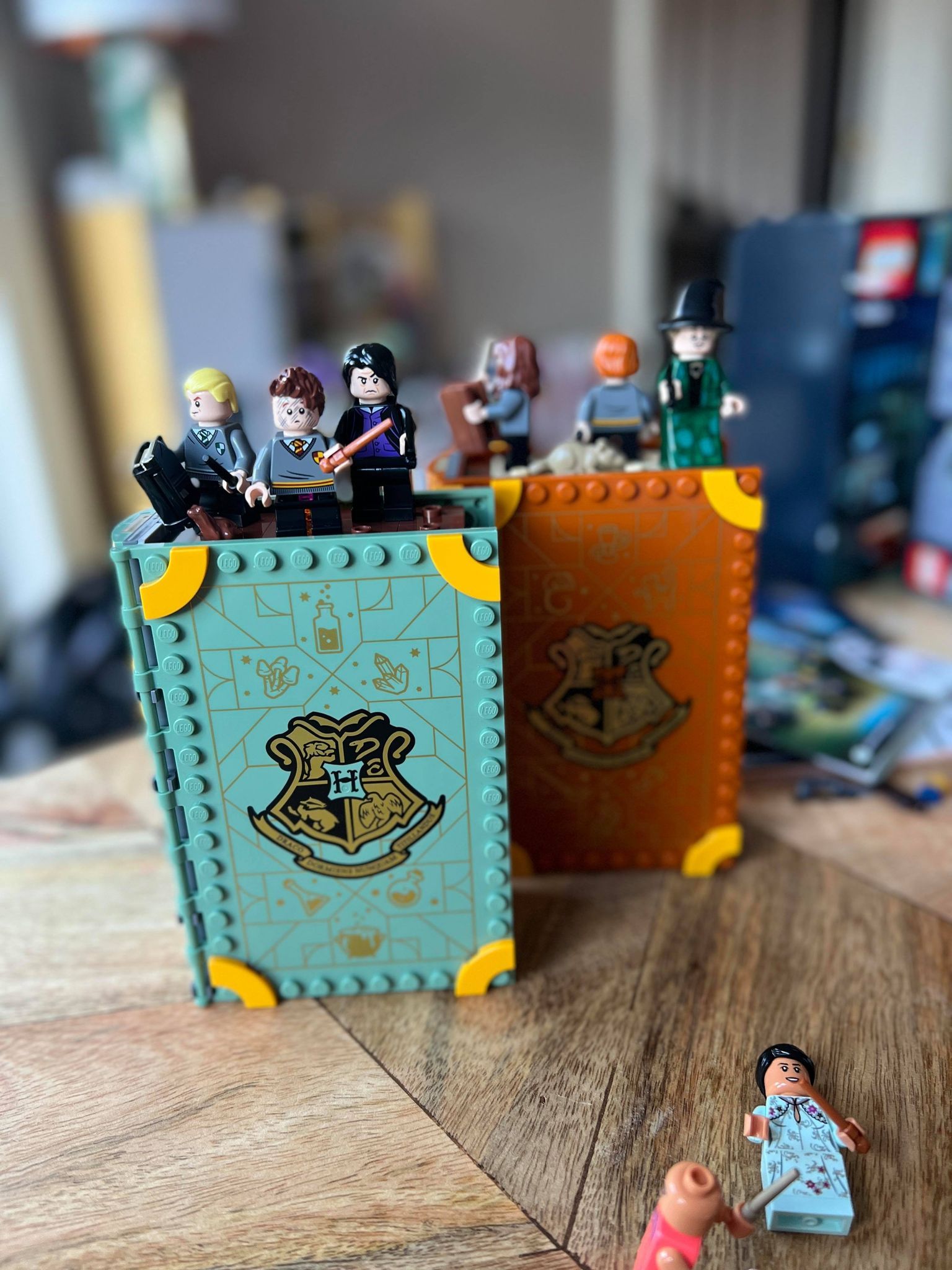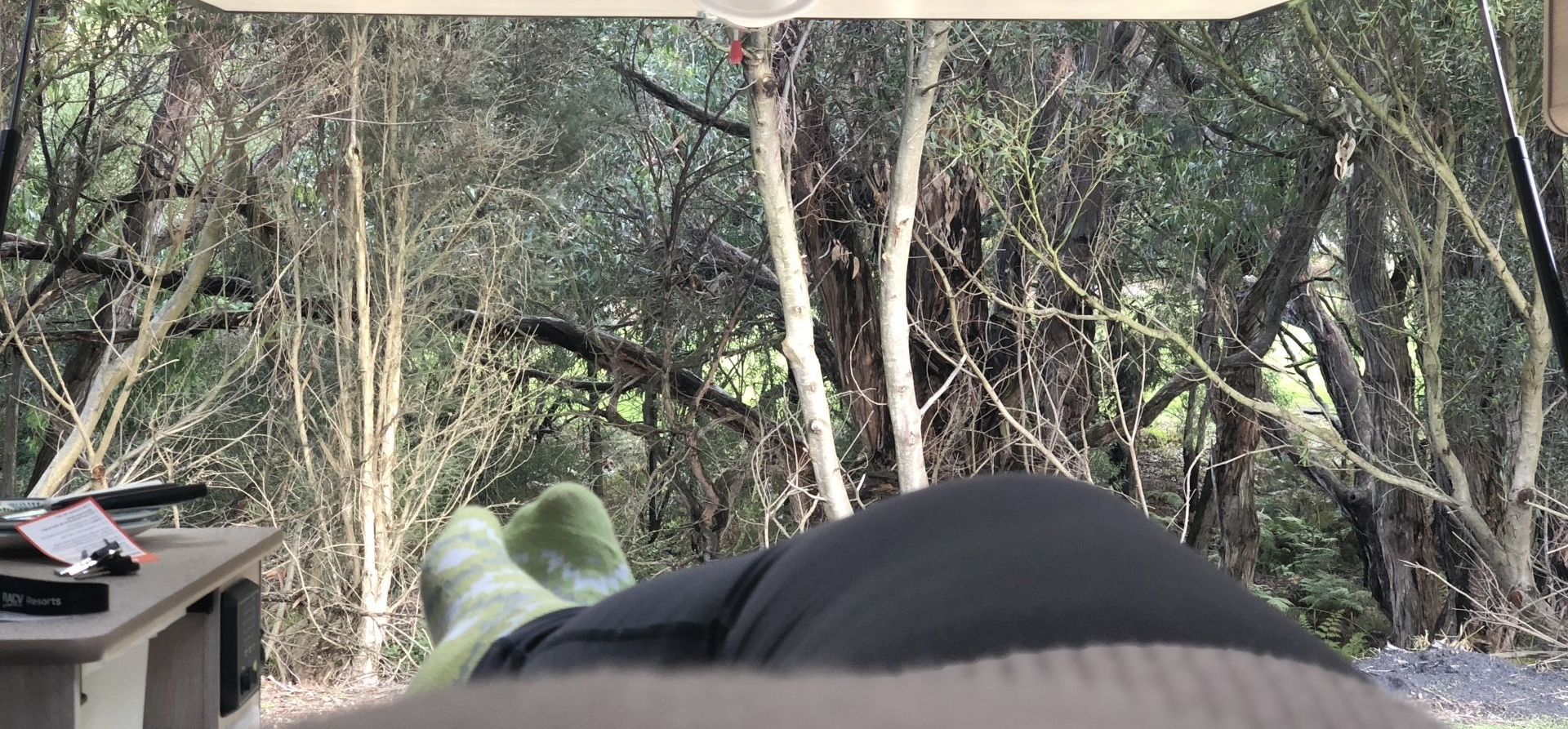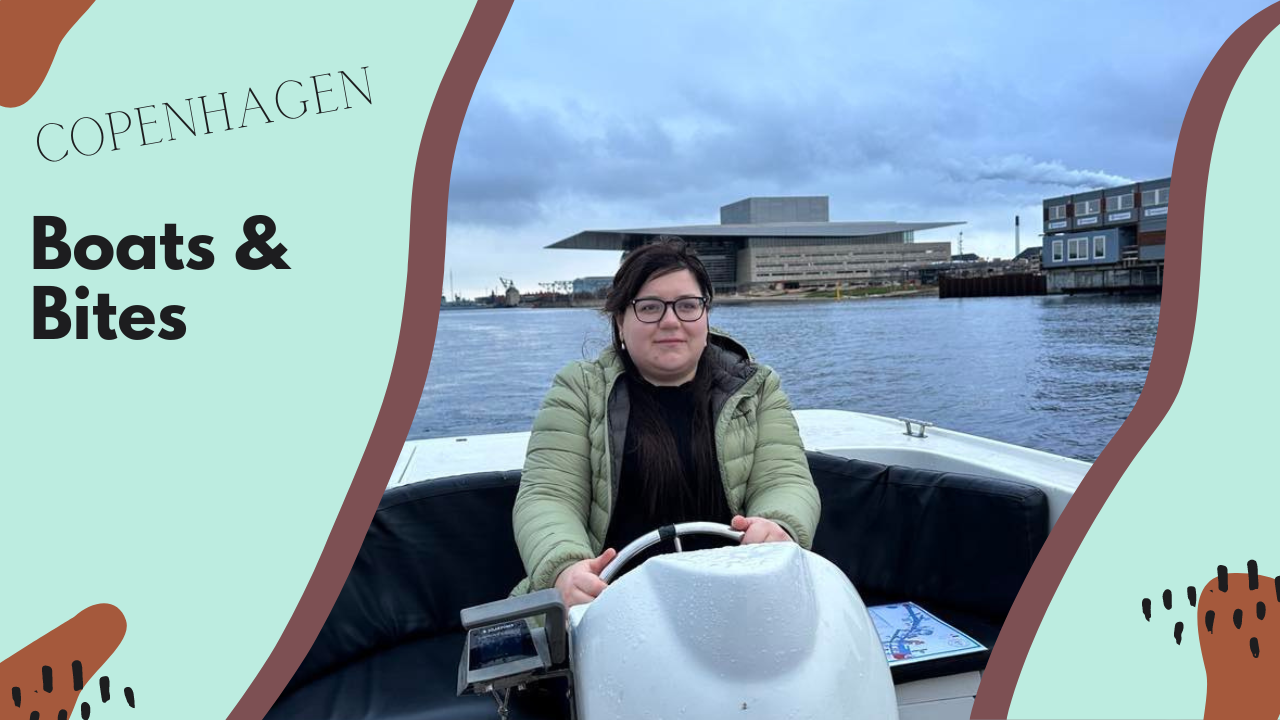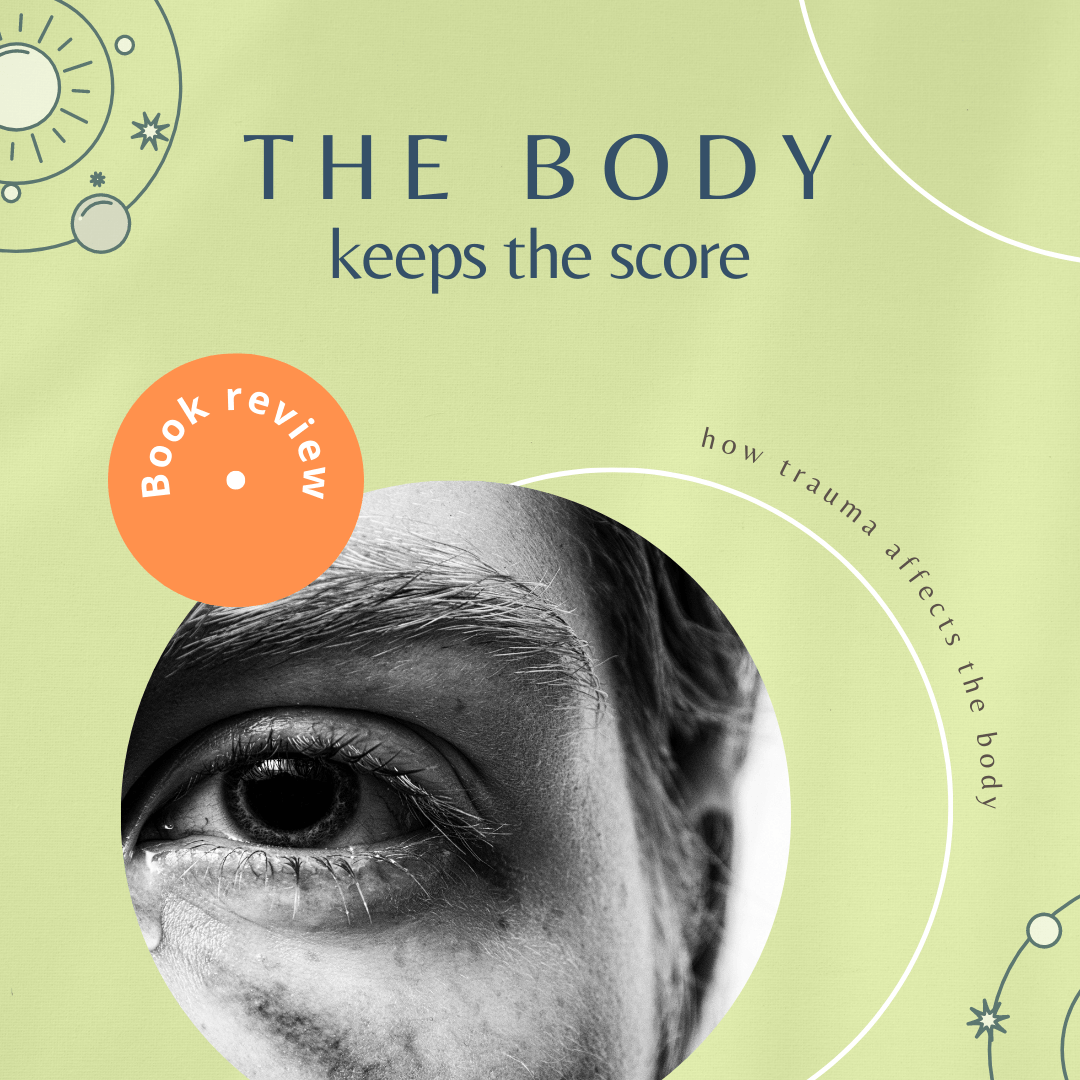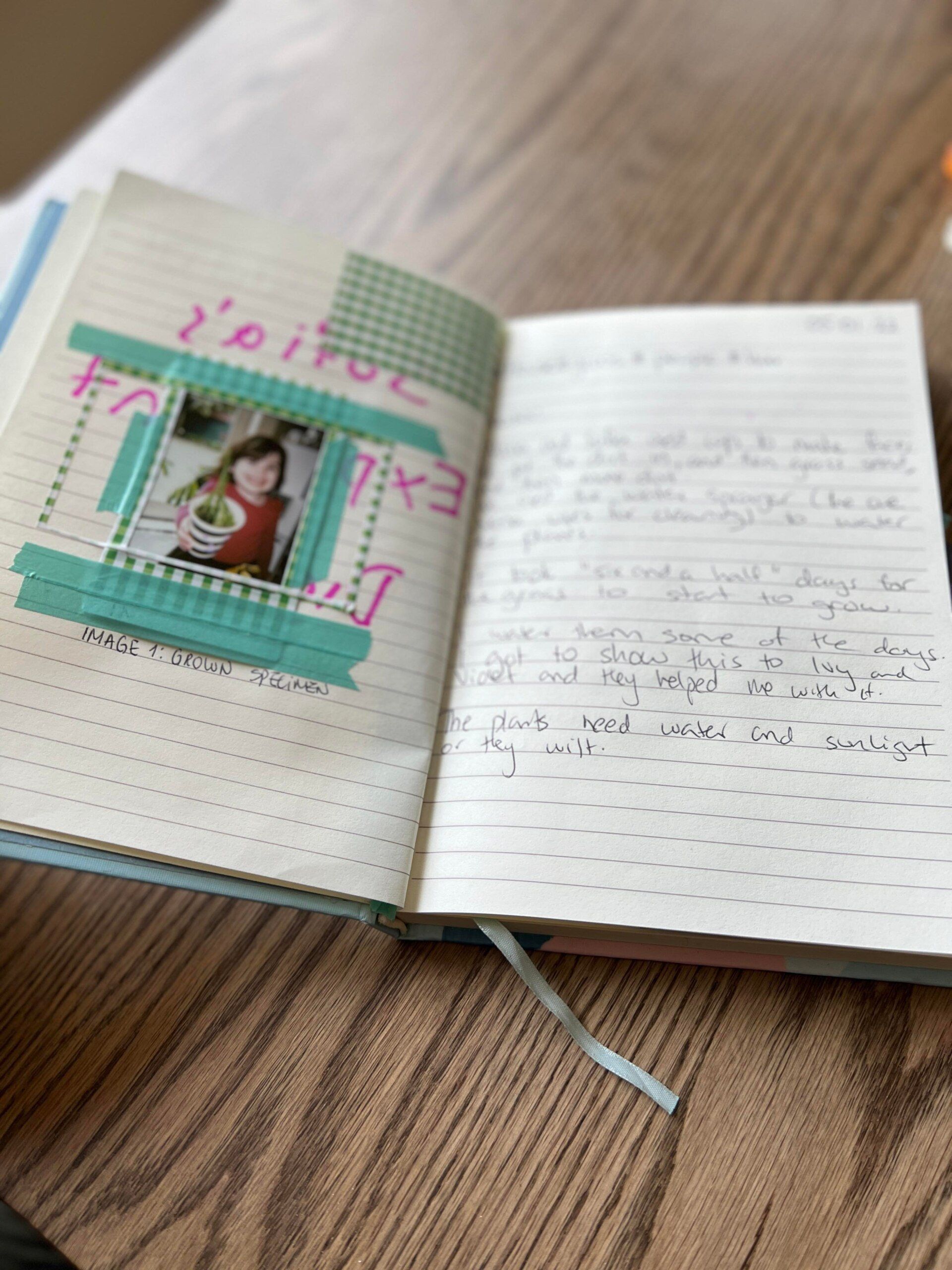(Genuine) Minimum Viable Product
how the search for perfection will let you down
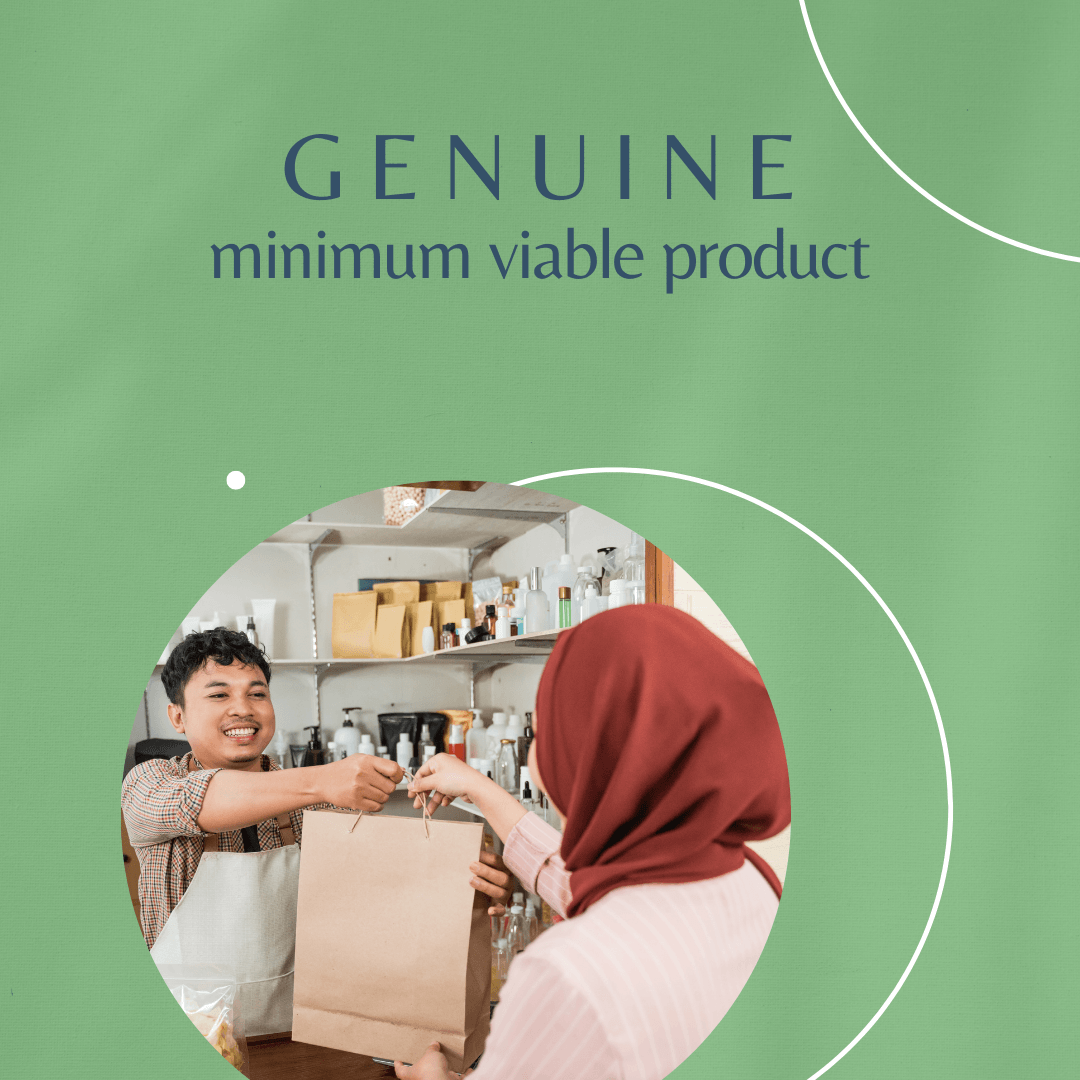
The saying "necessity is the mother of invention" is the most obvious driver for why we create new things. We invent because there is a need that must be met. Take wireless headphones, for example. Headphones are necessary to listen to music without disturbing others. They are wireless because cables are annoying. They cancel out noise because screaming kids on airplanes hurt our brains. Each need has let to an invention that solves that need.
But the story does not end there. We often forget that there is also a need to create. We see this most often in art; an artist needs to paint, to make, to express, to capture, to build. Some months ago, during the peak of Melbourne's isolation period I dabbled with thirty days of painting. It started as an exercise in trying something new that I was absolutely terrible at, but what I learned through the process is how emotionally satisfying it is to make something.
So, after acknowledging that we invent and design to meet needs, even if the need is an emotional driver for purpose, where does this lead us? I have been looking at this idea for years now. When I wrote The Lost Chef it was to meet both types of necessity; there was no Bosnian cook book in English and I needed one. But also, I needed a project. I needed to be creative, and I needed to be genuine and true to who I was.
What I realised while writing The Lost Chef was that the stories we tell ourselves stop us from innovation and creativity. The page stays blank. The painting unframed and unhung. The poetry never performed. And the heartbreak continues into the world of business: products unlaunched, businesses never started and most of us working on other people's dreams.
The freedom comes when we tell ourselves "it does not need to be perfect, near enough is good enough." But near enough what?
What is a minimum viable product?
A minimum viable product (MVP) is a strategy used in business to help launch a product that has not been perfected. Sometimes they are released as beta versions and the issues with the product are ironed out with the feedback loop from the consumer. We see this regularly in the construction industry where a defects period allows for rectification works to occur after the handover date. The understanding is simple "I have finished your build, except the parts that I have not finished. Here are your keys."
There are standards across different industries the essence of which allows businesses to establish on what side of "finished" their product or service sits.
There are no standards however for a small business, an artist, or a start up. Instead, what you have is a sea of information on what other people have done, but not necessarily how.
Why does it need to be genuine?
Across many industries, the biggest danger with a minimum viable product strategy is that it may result in a rubbish product that fails to understand its consumer. Without customer research departments and analysis of big data, the risk must seem huge.
Instead, I think it is incredibly simple; be true to yourself. Chances are, whatever you produce, as long as it is genuine, will resonate with consumers you are aligned to.
How do we let go of perfection?
I give this advice a lot. "Chances are, you do a lot of things well, and you do them well, accidently. The efficiency occurs when you start doing things on purpose. The easiest way to do something on purpose, is to write down the plan."
Letting go looks very different for everyone, but you should start here; once you have decided that you want to trial a (genuine) minimum viable product strategy, all you have to do is write it down. Write down your art strategy. Your business strategy. Your life goal.
That's all it takes. You're in business.
Leila Chalk is the founding partner at Forty Four Degrees Pty Ltd; a boutique Melbourne law firm. She presents at leadership and business advisory seminars for start ups and businesses looking to scale.
